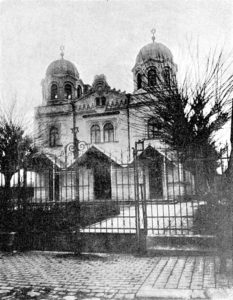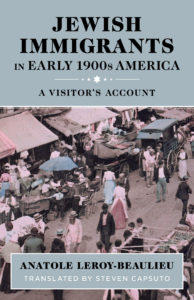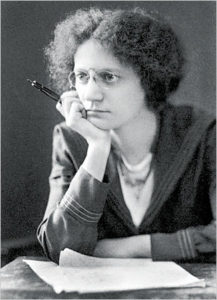In a Jewish magazine from the 1890s, I recently spotted a letter to the editor from a Sephardic Jew in Romania. It was like many other letters in old periodicals, except that in the middle, he slipped in this gem of a story about an Ashkenazic shul in Bucharest:
…During the High Holidays, I attended a Selichot service at an Ashkenazic synagogue at 2 o’clock in the morning, attracted there by a strange event that, at least to me, was completely new. This is because the chanting of Selichot was performed by a woman, with a self-assurance and a voice that would put the most talented Hazzan [cantor] to shame. Strangely, not only was the Hazzan a woman, but so was the person serving as Shamash, and so was the whole congregation. This happened daily at 2 a.m., and we men had to remain segregated. Honestly, it was curiously interesting to note the devotion and silence with which the congregants listened to their officiant praying. The Kaddish, however, was not included…
—Haim Cohen, Bucharest, Oct. 23, 1891
Il corriere israelitico, vol. 30, no. 6, p. 132
Translation © 2016 Steven Capsuto
These few sentences tell us so much about what was happening then. On the one hand, some congregations were already seeking ways for women to participate more fully in prayer services (sometimes in segregated services, sometimes not). On the other hand, such services were so rare that even Mr. Cohen, who was very active in Jewish life in a major city, had never heard of such a thing.
This got me thinking about the changing role of women in 19th-century Judaism. And that reminded me of letters in other 19th-century Jewish magazines, which talked about an early form of Italian bat mitzvah, similar to a kind that was already gaining traction in some German synagogues.
So for this week’s main post (which will be online this Wednesday), I’ve translated some letters that appeared in Jewish magazines at the time, describing girls’ religious initiation ceremonies in Italy in the mid-1800s to early 1900s. These group ceremonies, held annually, combined elements of Jewish bar mitzvahs with some of the visual aspects of their Catholic neighbors’ First Holy Communion ceremonies.
Stop by the blog this Wednesday.



